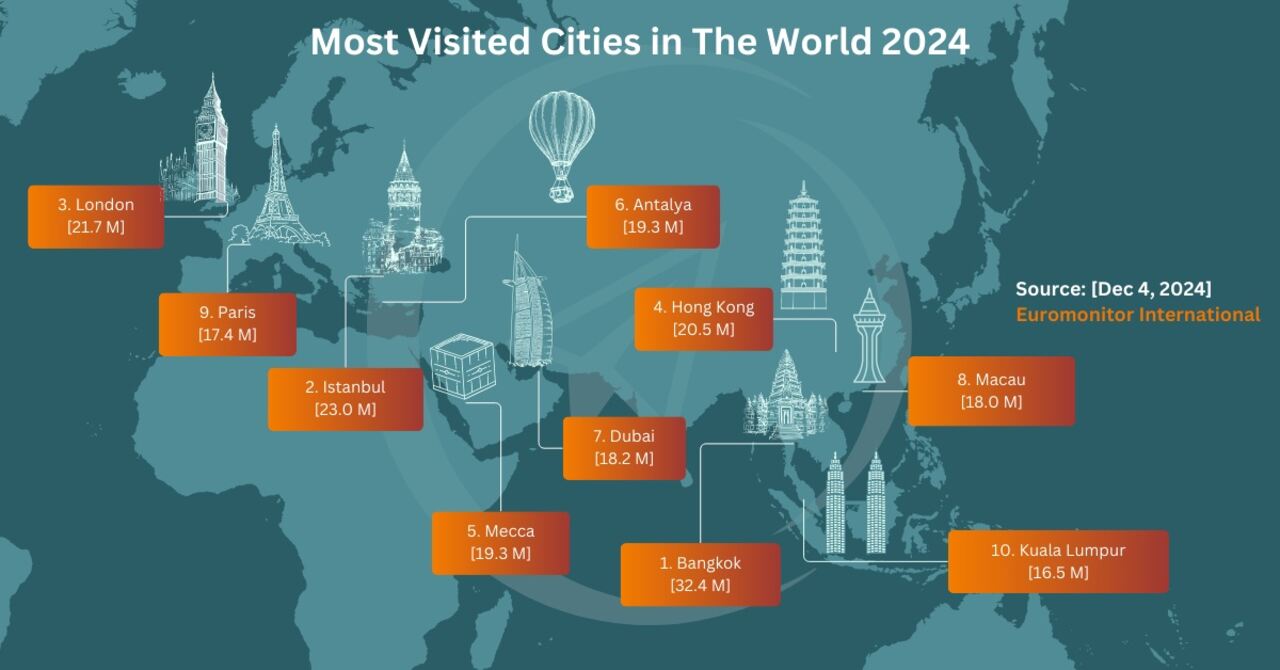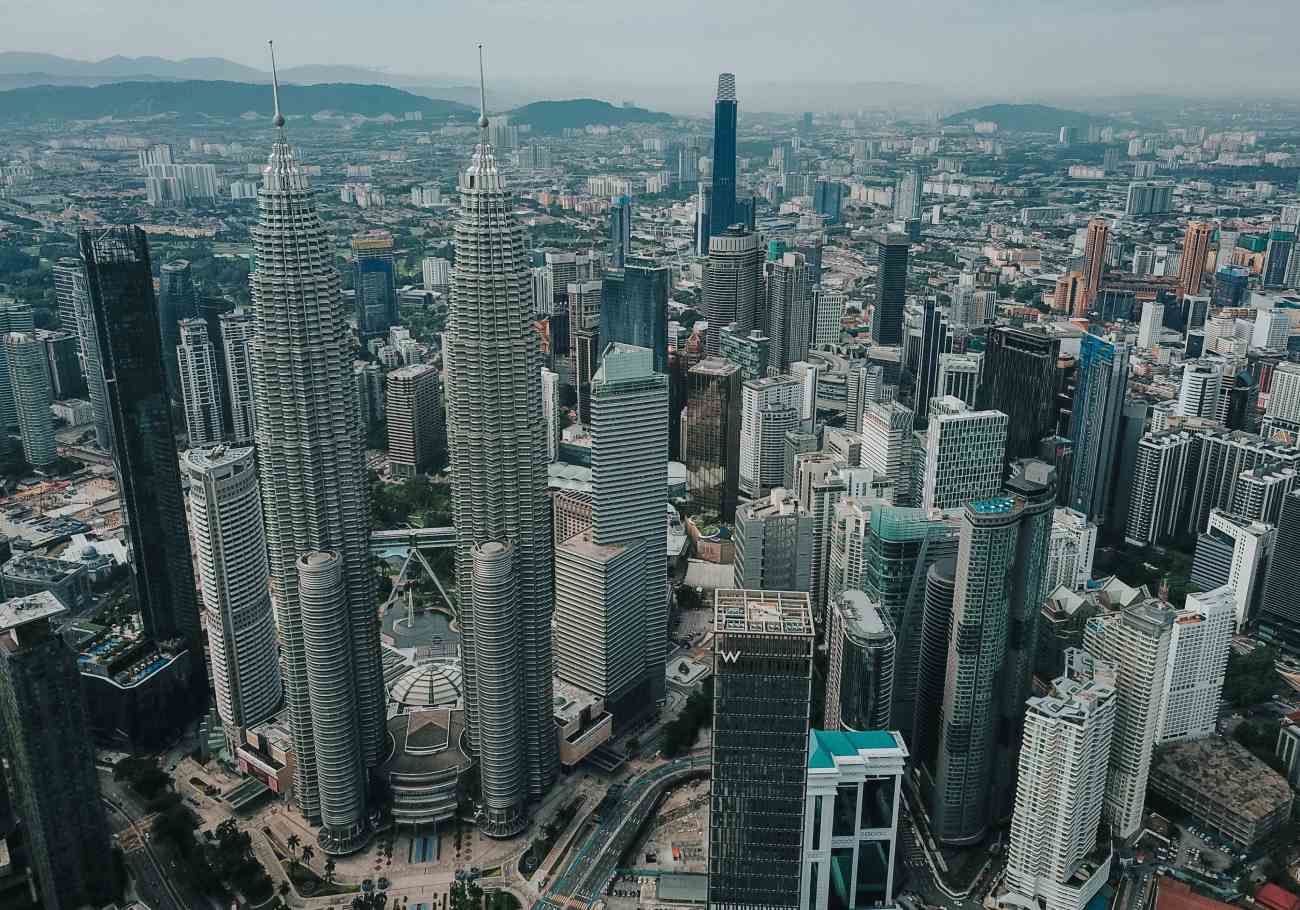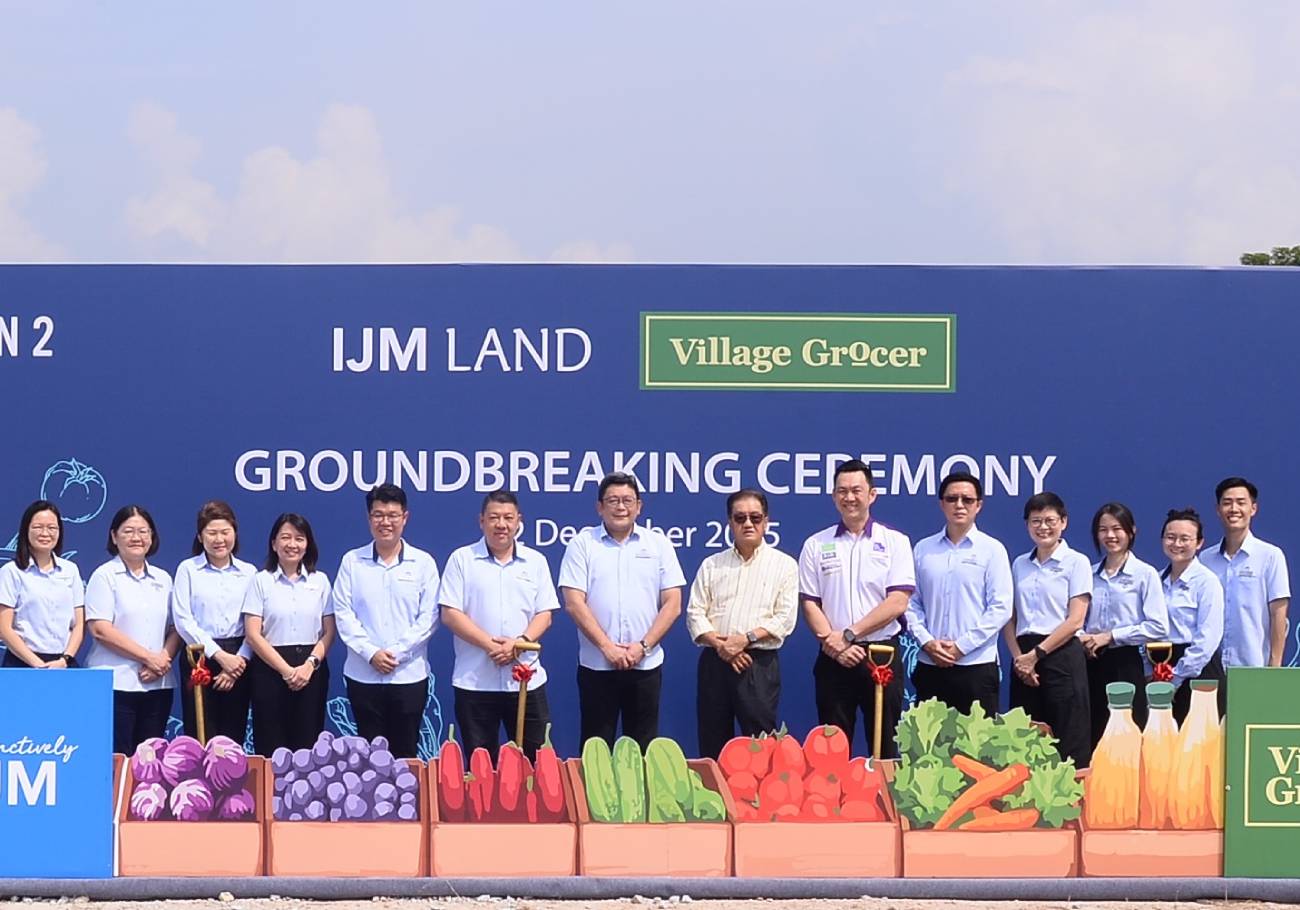Kuala Lumpur (KL) has firmly cemented its place as a global tourism powerhouse, achieving the 10th position on Euromonitor International’s 2024 list of most-visited cities. With 16.5 million international arrivals, the Malaysian capital boasts an extraordinary 73% growth in tourist numbers compared to previous years. This achievement highlights the city’s evolving appeal as a dynamic blend of modernity and tradition, drawing visitors from across the globe.
While half of its visitors originate from neighboring Singapore, KL’s reliance on regional tourism underscores the deep cultural and social ties between the two nations. These strong connections fuel a steady influx of tourists, particularly those visiting family and friends, but the city’s unique attractions are equally compelling for international travelers.

Iconic Landmarks and Cultural Marvels
KL’s skyline is dominated by the world-famous Petronas Twin Towers, a symbol of the city’s modern aspirations. The iconic structure offers breathtaking panoramic views and a remarkable sky bridge experience. Another must-visit is Batu Caves, a natural limestone formation housing vibrant Hindu temples and serving as a spiritual hub for devotees and tourists alike.
The city’s Thean Hou Temple, with its intricate architecture and serene environment, is another cultural gem, while hidden spots like Kampung Baru, an authentic Malay village, and the Saloma Bridge, a stunning LED-lit pedestrian pathway, provide a more intimate glimpse into KL’s charm. These unique attractions, coupled with KL’s vibrant street markets and world-class dining options, make the city a standout destination.

Rising Above Regional Competition
While Bangkok remains the leader in global tourism with 32.4 million arrivals, KL’s growth reflects a different trajectory. Unlike Bangkok’s reliance on global diversification, KL leverages its proximity to Singapore and its rich cultural offerings to attract millions. The city’s affordability, accessibility, and seamless air connectivity with major international hubs position it as a desirable destination.
However, KL faces competition in expanding its global appeal. Bangkok’s success is buoyed by liberal visa policies, efficient public transport, and investments in tourism infrastructure. As KL looks to maintain its growth, adopting strategies to diversify its tourist base and enhance its infrastructure will be pivotal.

Embracing Sustainable Tourism Trends
The global tourism landscape is shifting, with travelers increasingly prioritizing sustainable and authentic experiences over crowded urban hubs. KL’s hidden gems, such as the vibrant backstreets of Chinatown and the culinary treasures of Kampung Baru, align perfectly with these evolving preferences. By promoting its lesser-known attractions alongside its iconic landmarks, KL can position itself as a destination that balances heritage with modernity.
Kuala Lumpur’s rise to the 10th most-visited city globally is a testament to its enduring charm and strategic efforts to boost its tourism appeal. With continued focus on diversification and sustainable tourism practices, KL has the potential to climb even higher on the global rankings, solidifying its status as a world-class destination.











